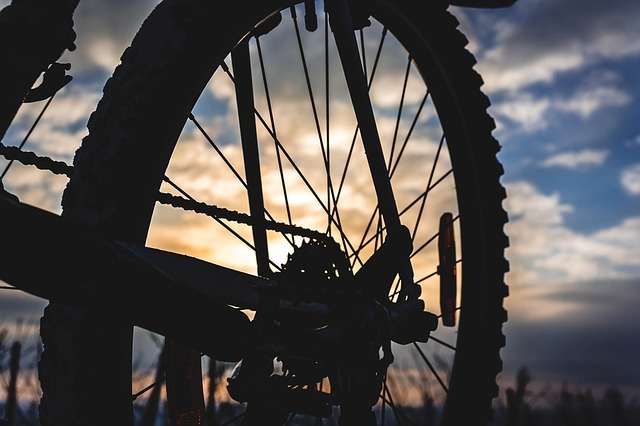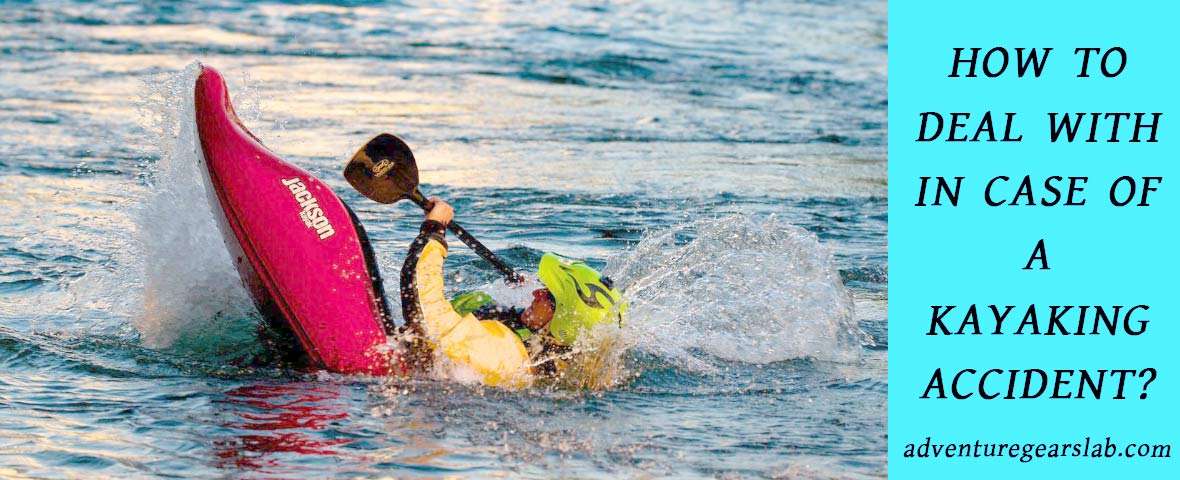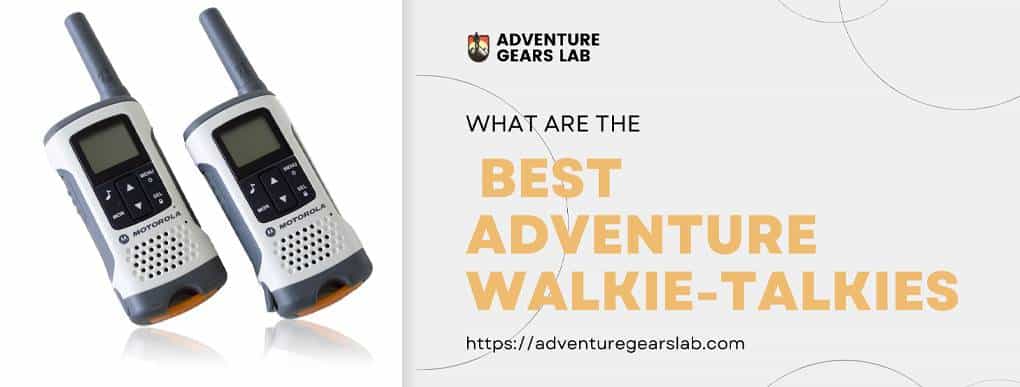This is where we come in, we have narrowed down the basics to give you a clear view of the features to focus on. With this guide, you will be able to find the perfect answer to the question: “what mountain bike should I buy?”
Essential Features to Consider when Buying a Mountain Bike
Types of Mountain Bikes
The first thing you should decide on is the type of mountain bike you’ll purchase. The main types are highlighted below:
Trail Bikes– these bikes have between 120 to 140mm of suspension travel and a head-tube angle of 67 to 69 degrees. They are some of the most popular bikes as their construction is not grounded on any particular type of sport. So if you want to ride a mixture of climbs and descents, a trail bike is the best option. According to Adventure Gears Lab the best mountain bike are made by Merax, a famous manufacturer of trails bikes. Start there, or do some research to find the best mountain bikes under $500 that fit your needs.
Cross-country bikes– these bikes are designed for fast rides and they emphasize on climbing prowess. Manufacturers of these bikes focus on their efficiency and lightweight designs. The specs of a cross-country bike include 80 to 100mm of suspension travel with a head-tube angle of 70 to 71 degrees.
Fat bikes– the most distinct feature of these bikes are their oversize tires. The bigger wheel size provides superb traction, especially if you’re riding on snow or sand. Fat bikes are the best fit for beginners.
Suspension
There are key differences between the suspension forks and shocks depending on their prices. Overall, the suspension on an entry-level bike is harsh and heavy, but as the price increases, the suspension becomes plush and lightweight. You will also need to account for suspension adjustments.
Rebound Damping Adjustment
Put simply; this refers to how fast the suspension system recovers once you ride on a bump. If it recovers too slowly, then it might not be able to respond in time for the next hit.
However, if it recovers too quickly, it might throw off balance like a bouncing ball.
Brakes
There are two main types of mountain bike brakes that you have to choose from: disc and rim brakes. Each option has its fair share of merits and drawbacks.
For instance, disc brakes offer a more consistent braking and a top performance in wet and steep terrains. It’s also easier to replace their worn rotors rather than replacing the entire wheel. On the flipside, it’s not easy to notice the pad on these brakes wearing out.
Rim brakes also offer several benefits. They are economical and it’s easy to notice brake pad wear. Unfortunately, these brakes have less stopping power and perform poorly in wet and muddy conditions.
Wheel Size

26-inch wheels– this is the wheel size of most traditional mountain bikes. These wheels are fairly strong, agile and easy to accelerate. The only drawback is that they are considerably slower when rolling over bumpy terrain. Presently, 26-inch wheels are reserved for bikes meant for smaller riders.
27.5-inch wheels– this is the most common wheel size for mountain bikes, and for good reason. They strike the perfect balance between rolling performance and agility.
29-inch wheels– these wheels accelerate very slowly. But once you get your momentum, you can conquer more terrain far more easily than when riding a bike with 26-inch wheels. 29-inch wheels are suitable for long rides and can be found in rigid, hardtail and full-suspension mountain bikes.
Fat bikes– they have ultra-wide tires (about 4 inches wider). They were initially developed for snow riding but they work perfectly on normal trails too.
Plus sized wheels– 27.5+ and 29+ wheels featuring wider 3” tires. These wheels bridge the gap between conventional mountain bikes and fat bikes. Usually, manufacturers of such bikes use extra rubber, which increases the diameter of the wheels making them suitable for faster rolling on rough landscapes.
The Bottom Line
Different mountain bikes are designed for different terrains and riding styles. As such, you will have to look for specific features and assess your riding skills to find the ideal bike for your needs. We hope that by focusing on the features highlighted above, you will find the answer to the question- “what mountain bike should I buy?”
Also Read "What type of bike do I need?









